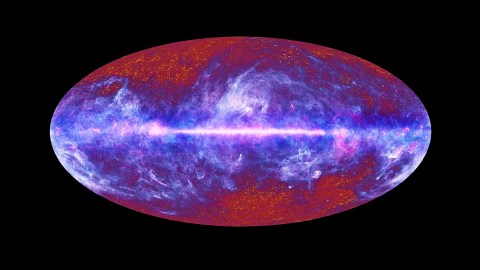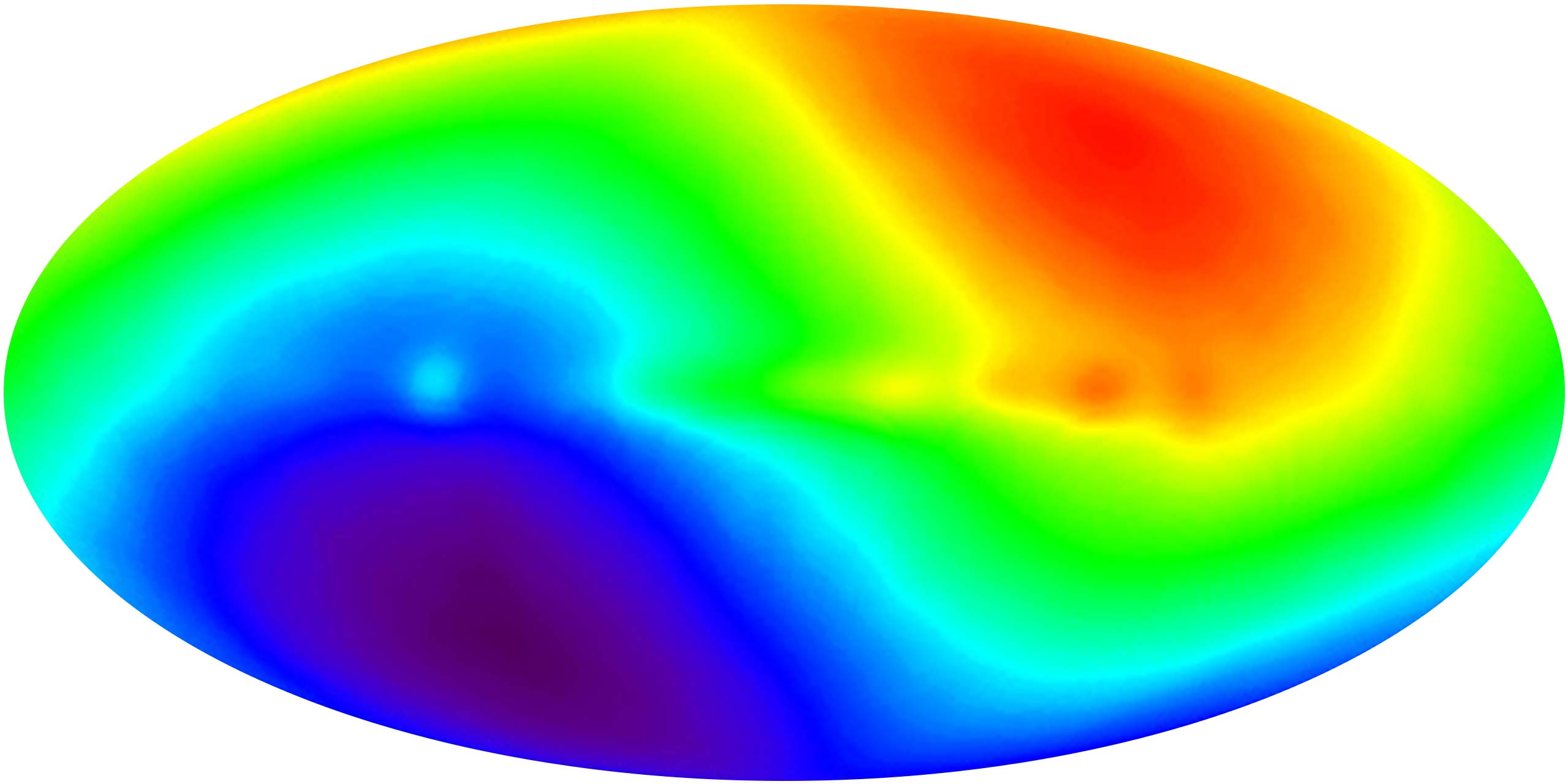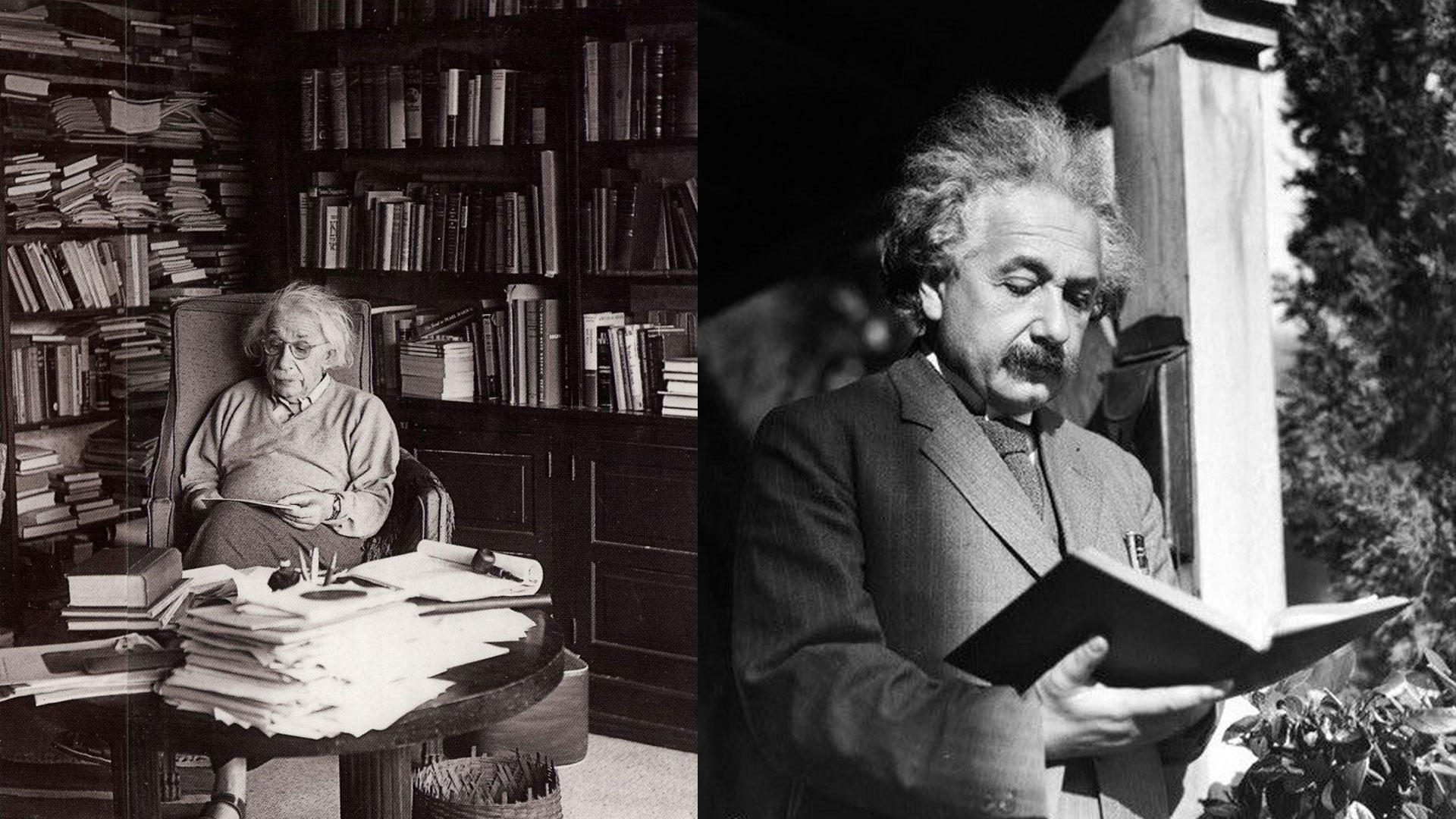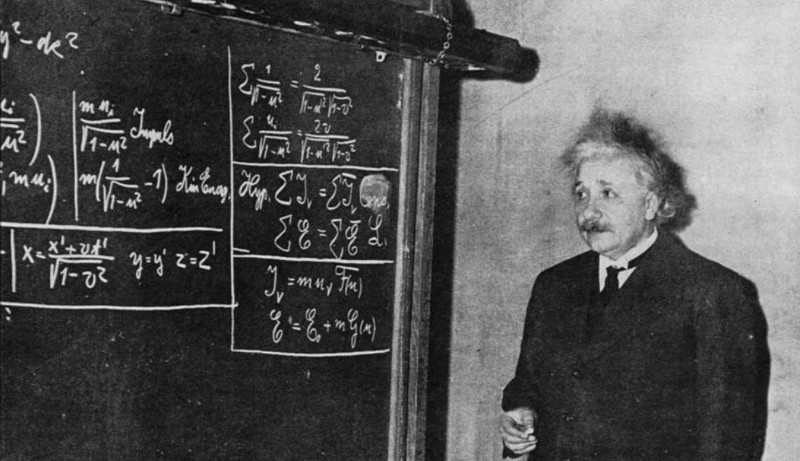Is our Universe standing still? Examining Einstein’s key theory through the cosmic “yin-yang”

- Einstein’s theory of relativity asserts that there is no absolute motion, as no single coordinate system exists that all observers can agree upon as stationary.
- The cosmic microwave background provides insights into the Universe’s motion, but it doesn’t disprove relativity because it only represents the visible Universe, not the entire Universe.
- Einstein’s concept of relative motion remains valid, as no coordinate system can be considered special or absolute.
Is there such a thing as absolute motion? Modern science, as represented by Einstein’s theory of relativity, says no. After all, absolute motion would require that there exists a single coordinate system — or common reference point — that all observers could agree is stationary. Such a coordinate system doesn’t exist.
But modern science has also found a way to observe the coordinate system of the entire visible Universe. If one can find a coordinate system in which the visible Universe is stationary, isn’t that the “right” one? What’s the truth behind this, and does it invalidate Einstein’s theory? And how does the yin-yang symbol come into play?
Einstein’s theory of relativity makes many counterintuitive claims, but those claims are consequences of one fundamental assumption: that any individual is perfectly justified in assuming that they are the one, unmoving, thing in the entire Universe. This assertion could be called the “cosmic egotist principle.” Essentially, you are the one thing around which the entire Universe revolves.
Using a familiar example, if you’re standing on a train platform, watching the train zoom by, you can say that the train is moving. However, an individual sitting on the train is equally justified in claiming that they are stationary in their seat, and it is those unfortunate souls on the platform who are moving. Furthermore, considerations such as the rotation and orbit of the Earth, or any astronomical motion, don’t matter. Relativity is built on the idea one can always define motion as relative to oneself; indeed, it’s where the name comes from.
However, the Universe is special. After all, the word “Universe” means everything. So if scientists can find a coordinate system in which the Universe is sitting still, a case could be made that this coordinate system is special.
The cosmic microwave background
In 1964, scientists were able to observe the fossil remnant of the Big Bang: the primordial fireball that dominated the early Universe. Because it has been so long since the Universe began, and the Universe has expanded so much, what once was a glowing gas has long since cooled and that early glow can be detected in the present day only using radio waves. This bath of radio waves is called the cosmic microwave background, or CMB. Using precise measurements of the CMB, researchers have determined that our once-hot Universe has cooled to the icy temperature of -455 ºF (-270 ºC). And, as expected, the temperature of the Universe is nearly the same in all directions.
That “nearly the same” is important, because as early as 1971 researchers realized that they could see tiny temperature differences. If they looked toward the constellation Leo, they saw that the Universe in that direction was slightly hotter (0.006 ºF (0.004 ºC)). Conversely, when they looked in the opposite direction, toward the constellation Aquarius, the Universe was colder by the same amount. When researchers mapped this temperature difference from the three-dimensional sky onto a two-dimensional map, the result looks like a giant, cosmic, yin-yang symbol.

This variation is quite startling and even more so for what it signifies. It is the result of the motion of the Earth compared to the visible Universe itself. Just as the pitch of a train whistle changes as it passes a person standing beside the tracks, how one views light also depends on motion. If you are moving toward a distant star, it will appear slightly bluer (hotter) than it would if you were stationary compared to the star. Similarly, if you are moving away from a star, it will appear slightly redder (cooler) due to the relative motion.
With this in mind, scientists have been able to determine that the Earth is moving at a speed of just shy of 230 miles/second (370 km/s) compared to the fireball that was the Big Bang. This speed combines all of the motions of the sun, from its speed orbiting the Milky Way to the speed of the Milky Way compared to other galaxies.
A natural coordinate system?
This is where relativity skeptics often come in. They point to the CMB as a natural coordinate system. Indeed, there is some merit to the claim. The average of the visible Universe is indeed an attractive coordinate system. However, it is not an absolute one.
To begin with, the visible Universe isn’t the entire Universe — it’s merely the part of the Universe we can see. The part we see is comprised of those locations that are close enough that light created in the Big Bang has had time to reach us. Currently, the visible Universe is a sphere, 92 billion light years across and centered on the Earth. Researchers believe that the entire Universe has a volume at least 125 million times bigger than the visible Universe.
In the same way that the Earth moves compared to the Sun, and the Sun moves compared to the Milky Way, it is possible — indeed likely — that the visible Universe has some motion relative to the entire Universe. Thus, the visible Universe is by no means an absolute coordinate system.
And, even if the visible Universe were stationary compared to the entire Universe, Einstein’s conjecture on relative motion still holds. No coordinate system is special. You are still completely justified to claim that as you go about your daily routine — whether it be drinking coffee, going to work, or taking an afternoon jog — that you are stationary, and the Universe moves around you.
So, while it is an extraordinary thing that astronomers have been able to use radio telescopes to determine how the Earth moves compared to the entire visible Universe, Einstein’s theory of relativity still holds.





